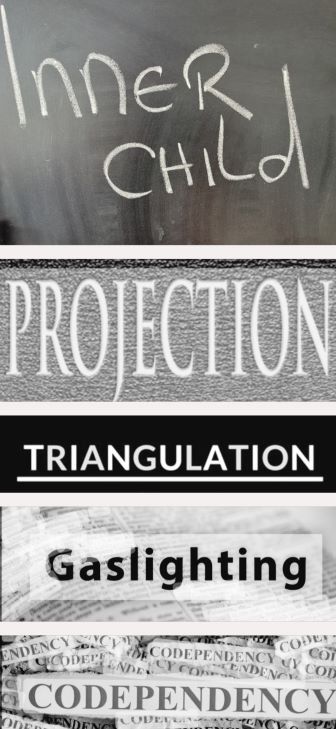Finding the language and words to express what happens to us, especially when those words didn’t exist before, is one of the most powerful experiences we can have. The ability to express and describe our experiences is the most powerful tool that liberates us. Understanding ourselves and the experiences we had is crucial for gaining a clearer perspective of the environment we find ourselves in. By assigning names to specific behaviors or states, we open the doors to deeper understanding. Through verbal expression and defining what we observe, we lay the foundation for clarity that helps us better understand ourselves and others. Below are five psychological terms that have personally aided me in navigating through ambiguity and attaining a clearer understanding of myself:
1. Codependency
2. Inner child
The inner child resides within each of us and often drives our lives if we fail to acknowledge and work on our relationship with it. It encompasses all our childhood experiences and behavioral patterns that once served us but no longer do. Personally, recognizing my inner child has been the most significant aspect of my growth and development. When I began to establish a connection with my inner child and saw the place from which it dictates my behavior and shapes my reality, I started to change my beliefs and patterns.
Working on our inner child is a lengthy journey, full of ups and downs. However, once we connect with the child within us, our lives inevitably undergo a permanent transformation. The most important thing is to let our inner child know that we see it, that we recognize its needs and desires. To assure it that we will be the parent it has always needed, loving it unconditionally.
3.Projection
This is a psychological mechanism where an individual transfers their own behaviors, thoughts, and emotions onto another person. Have you ever found yourself feeling perplexed in a relationship, believing you possess traits you don’t actually have, or feeling unattractive due to someone else’s projections? Or maybe your partner accused you of deceit and infidelity, when in reality, they were the ones engaging in such behavior?
One year, I went on vacation with a friend who had gained 15kg during that time. Throughout our trip, she subtly suggested that I had also gained weight and didn’t look the same as before. Consequently, I spent the entire vacation feeling overweight and undesirable. Upon returning home, the first thing I did was step on a scale, only to find that my weight was the same as it was a year ago. Looking back at photos from that trip, it’s evident that my body was in excellent shape and that she was the one struggling with excess weight. Throughout the vacation, she projected her dissatisfaction onto me, ultimately making me feel as though I had gained weight.
4. Gaslighting



